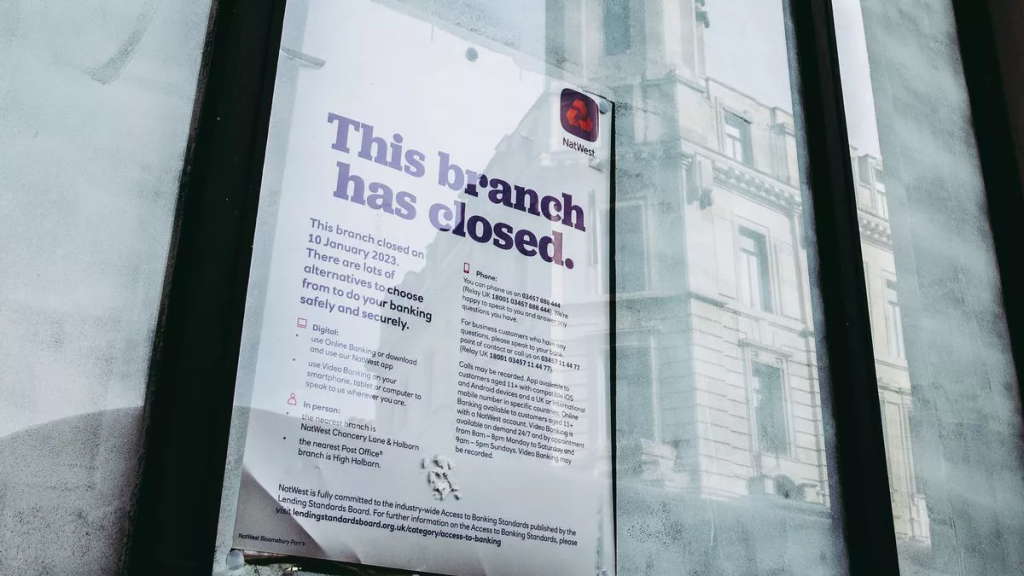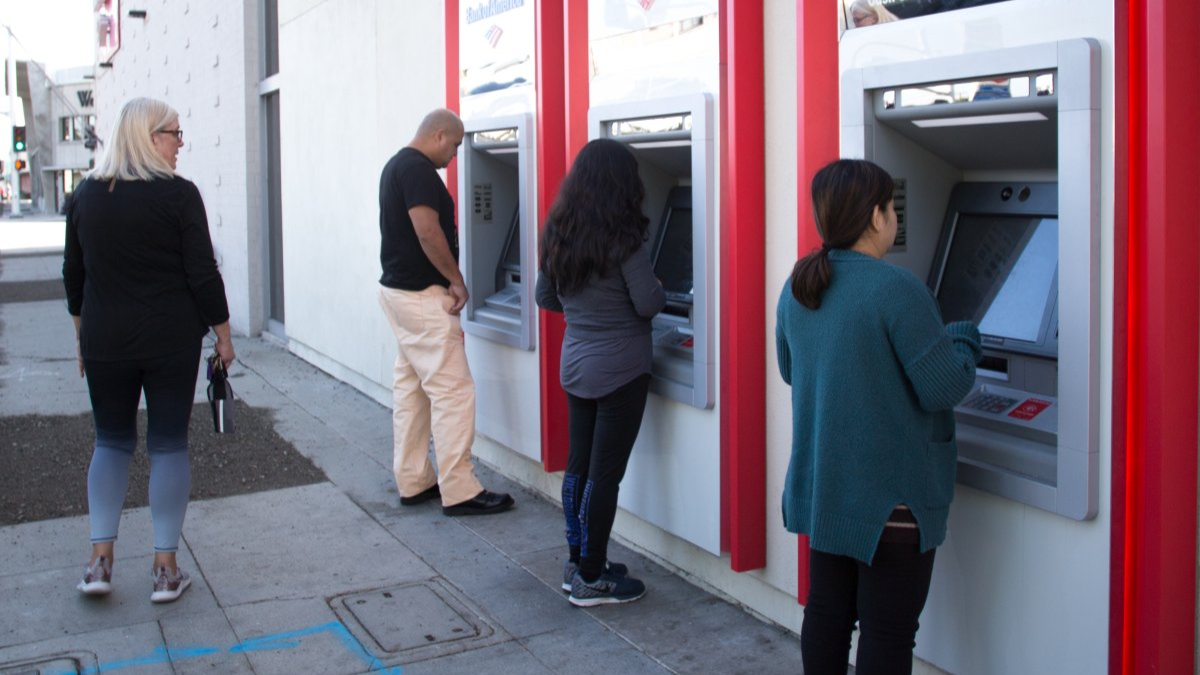Banks across the United States are closing hundreds of branches, signaling a shift toward digital banking that could affect millions of consumers.
According to recent reports from the Office of the Comptroller of the Currency (OCC), nearly 400 bank branches have been slated for closure in the first three months of 2024 alone.
While digital banking has boomed in recent years, the growing trend of bank closures raises concerns for consumers who still rely on physical locations, especially those in underserved areas.
Why Are Banks Closing Branches?
As the banking landscape evolves, financial institutions are increasingly shifting toward digital services to meet customer demands. With the rise of online banking, mobile apps, and ATMs, physical branches are seen by some banks as less necessary.
In fact, a 2024 survey commissioned by LevLane Advertising found that 75% of Americans still consider local branch access essential, though only 30% feel comfortable with digital-only banking options.
Many consumers are left wondering why banks continue to close their physical locations when so many people still value in-person banking services. The primary reason for the closures seems to be the ongoing digital transformation and changing consumer behaviors.
As banks optimize their operations, they aim to cut costs by reducing the number of branches while enhancing digital offerings.
A Closer Look at the Data
Between January and March 2024, the OCC received 392 notices from banks planning to shut down branches across the U.S. The highest number of closures occurred in March, with 197 locations being closed.
In February, 117 branches were slated for closure, and January saw 78 notices. These closures have already begun, with 114 branches officially shut down in the first quarter of 2024.
Some notable closures include Bank of America, which closed 15 locations in states like Tennessee, Connecticut, and Florida. U.S. Bank also closed eight branches, and Flagstar Bank shut down 20 locations.
Other major banks, including Wells Fargo, PNC Bank, and TD Bank, are also part of this wave of closures.
The Impact of Bank Closures on Local Communities
While digital banking services have become more robust, the closure of physical bank branches presents challenges, particularly for rural, low-income, and racially diverse communities.
Many of these areas rely on local branches to access banking services, such as withdrawing cash, applying for loans, and receiving financial advice. The closure of a local branch can be a significant inconvenience for residents who may not have easy access to digital banking tools or the internet.
For some individuals, particularly the elderly and disabled, digital banking is simply not an option. In these cases, the closure of local branches can lead to a greater sense of financial exclusion. Additionally, banking deserts—areas with limited or no access to bank branches—are on the rise.
A recent Federal Reserve report found that between 2019 and 2023, the number of bank locations in the U.S. dropped by 5.6%.

How Banks Are Responding to Customer Concerns
In response to customer concerns over branch closures, many banks have emphasized their commitment to digital services while maintaining some level of in-person support.
For example, Wells Fargo spokespersons told Newsweek that branches are still crucial for customer service, and the bank is actively investing in its branch network. Similarly, TD Bank has explained that its recent closures were made after careful analysis to better align with customer needs.
Banks are also working to make the transition as smooth as possible for customers affected by closures. TD Bank is offering additional services at its remaining locations, while PNC has emphasized its diverse banking ecosystem, including voice, mobile banking, and ATMs, to meet customers’ needs.
The Road Ahead: The Future of Banking
As banks continue to streamline their operations and focus on digital offerings, the transition to a cashless society seems inevitable. However, for many Americans, especially those in rural and underserved areas, the shift to digital-only banking could pose challenges.
For some, the absence of a physical bank branch could make essential financial services harder to access.
Ultimately, the trend of bank closures highlights a broader shift in the U.S. banking system. While online and mobile banking may be the future, the path to this future may not be easy for everyone.
As the banking landscape continues to change, it is crucial for banks, regulators, and policymakers to ensure that all consumers have equal access to essential financial services.
What’s Next for Local Branches?
With fewer physical branches, the growth of banking deserts may continue, creating barriers for those who depend on face-to-face banking services. As technology advances and consumers adapt to digital banking, the role of local branches will likely continue to evolve.
It remains to be seen how many more branches will close in the coming years and what steps banks and policymakers will take to mitigate the impact on vulnerable communities.
For more information on how banking trends are evolving, visit LevLane Advertising.
Disclaimer – Our team has carefully fact-checked this article to make sure it’s accurate and free from any misinformation. We’re dedicated to keeping our content honest and reliable for our readers.
